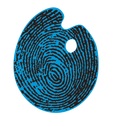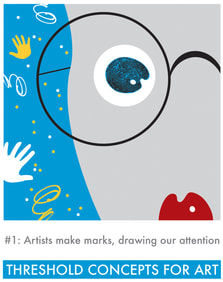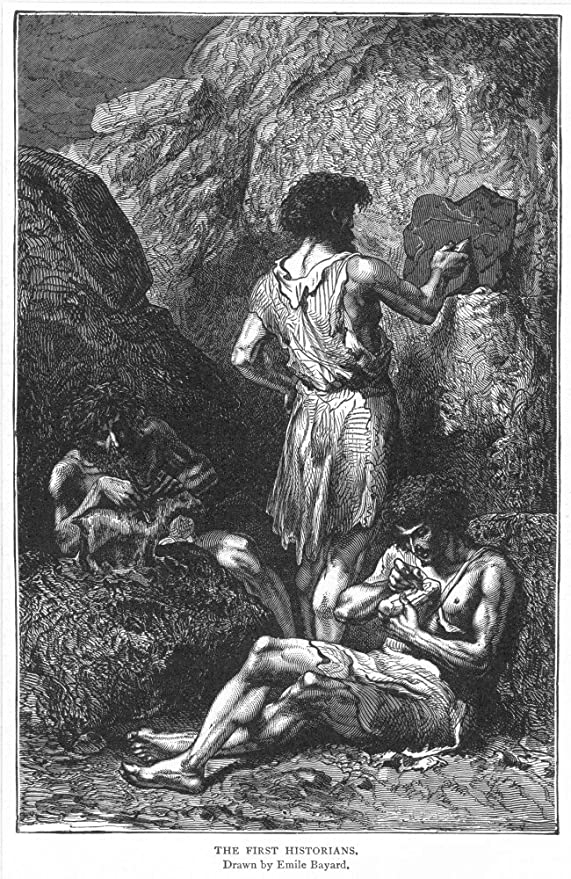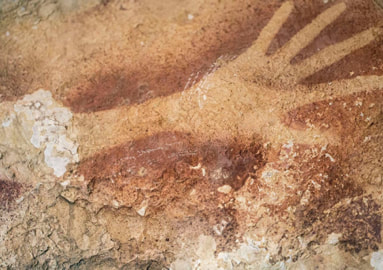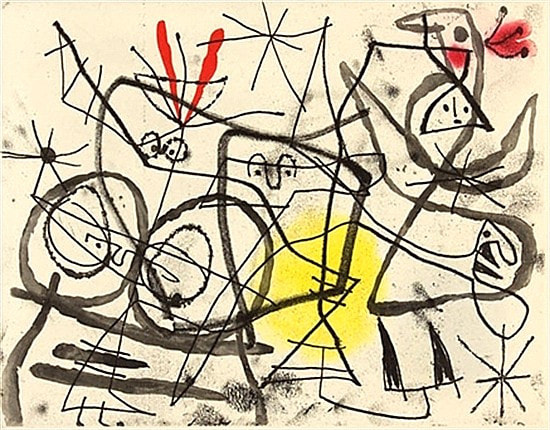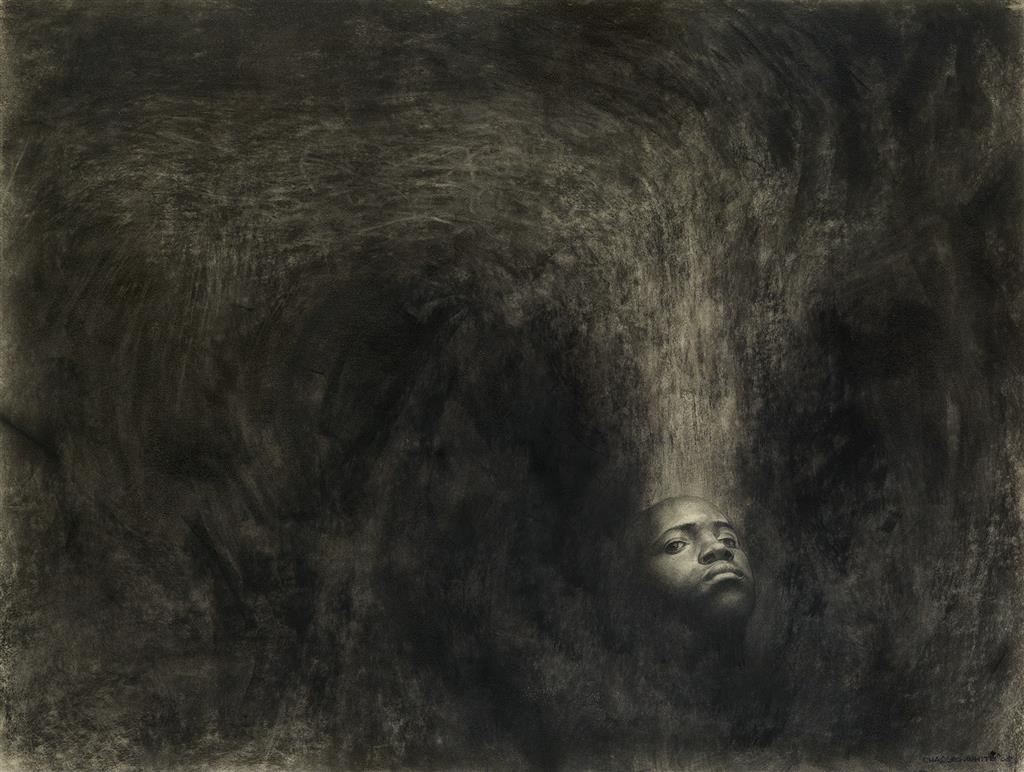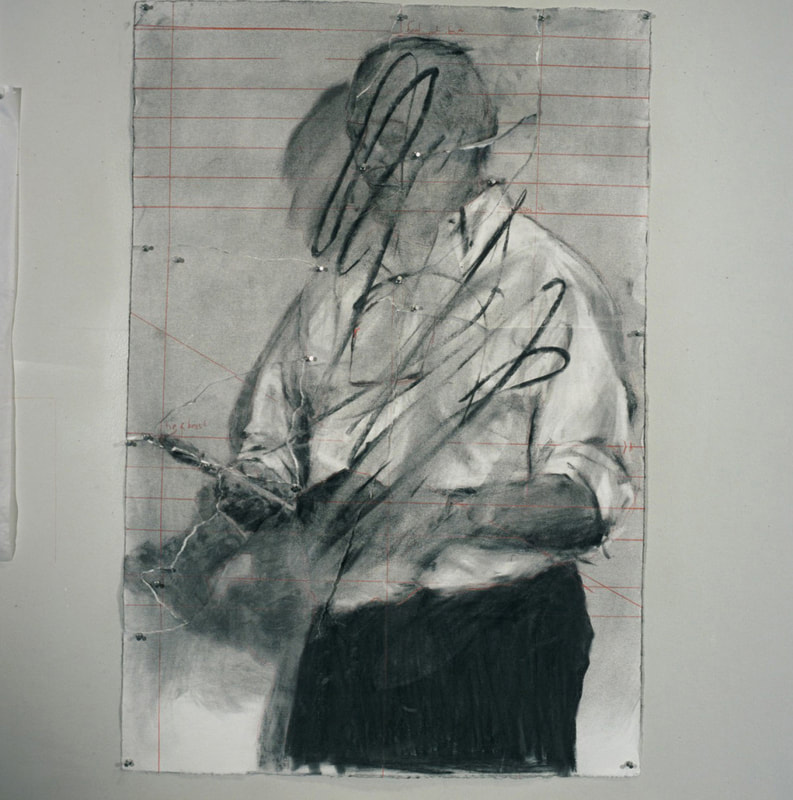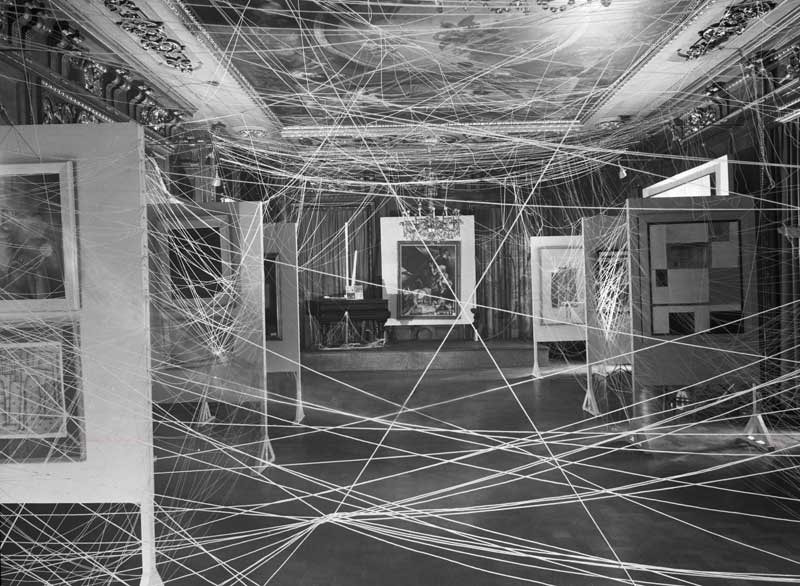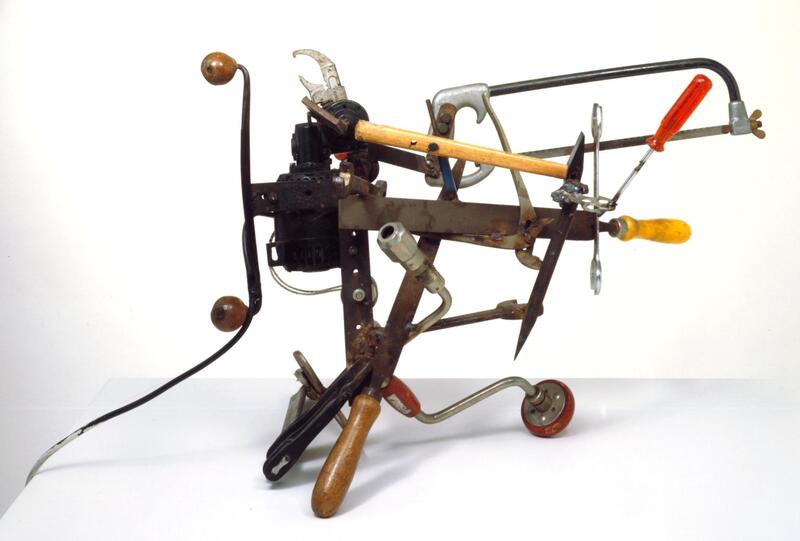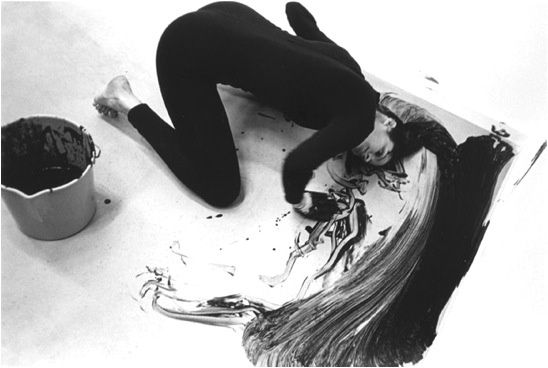TC#1: MAKING MARKS - ON SURFACES AND IN SPACE
ABOUTThis resource has been designed for KS3 teachers and students (Term 1) and links closely with Threshold Concept 1: Artists make marks, drawing our attention.
KEY THEMES• Why and how artists make marks
• The benefits of experimentation and creative ‘play’ • ‘Reading’ (and talking about) artist marks |
IN PICTURES
The images below have been chosen to encourage initial reflection. Consider them carefully and then use the following questions to help discussions. You might wish to research the titles/artist names - roll over the image to reveal these.
IN DISCUSSION
- Why do artists 'make marks'?
- Have artists always made the same kind of marks throughout history - and if not, why not?
- Are artists marks always 2 dimensional - flat, on a (flat) surface, such as drawings and painting?
- Can marks be 3 dimensional or take other forms - for example, are sounds or smells types of marks?
- What influences the type of marks that we make and our reasons for doing so?
- How do the type of marks that we make in our own lifetimes change with time and experience?
IN words
The following words might prove particularly beneficial to this project:
- Visual elements: line (flow, weight), tone (light and dark), texture (surface), shape (flat, 2 dimensional), form (3 dimensional), space, pattern.
- Expression, gesture, action, motion, flow, intuition, performance;
- Abstraction, Pre-historic, Expressionism, Automatism, Automatic drawing; 'accidental' marks, Performance art.
In THE ARTROOM
The following slideshow supports the potential sequence of lessons set out below:
Marks and meanings
- Look carefully at The Threshold Concept 1 illustration. This has a range of marks and shapes within it, specifically: 2 circles, 2 hand shapes, 25 dots, 2 artist palette shapes (in eye and as lips), one straight line, 3 curved lines or edges. See Threshold Concept 1 for further insight into why.
- Using only these TC1 illustration 'ingredients' listed above, create your own distinctly different artwork exploring different ways of mark making. You might adjust scales, tones, line styles or weights; you might work within a different shape to a square, or perhaps without a defined border.
- Explore how we learn to draw by experimenting with various stages - from scribbles and schematic drawings to representational and 'realistic'. See Threshold Concept 1 for how to do this in more depth, and not just using your one familiar hand!
Acts of translation (Part 1)
- Compare the portrait examples in the slideshow, above. Consider how various artists have 'translated' themselves (or others) into marks upon a surface. List the words that help best describe their interpretations, actions and marks. Use the 'In Words' list (above) to help.
- Try a variety of approaches to recording the same subject matter. This might be a 'traditional' theme - a portrait, still life or landscape, for example. Alternatively it might be something more unexpected, chosen for its particular visual or material qualities - a piece of popcorn, a plate of spaghetti, a handful of clay, perhaps. You might try: blind drawing; continuous line drawing; holding or adapting your drawing tool in an unconventional way; working on a variety of extreme scales.
- Consider how various marks/shapes/images have become representative of particular issues, for example a rainbow as a means of thank-you to NHS workers; a raised, clenched fist as an icon for Black Lives Matter. Consider (and then research) why these (and other 'signs') signal these particular associations. Devise your own abstract shapes/marks/lines to represent, celebrate or draw attention to a social issue or worthy cause.
Acts of translation (Part 2)
- Consider the various images of hands in the slideshow, above, produced in different ways by artist hands - but also heads (and perhaps hearts too). List the words that help explain the various styles and approaches, and the similarities or differences between them. Experiment with drawing your hands in various ways, in various positions and states of movement, thinking carefully about the types of marks you are using and why. How might you produce distinct drawings that are: realistic; comical; animated; abstracted; informative; unexpected or surreal?
- 'Traditional', 'Modern' and 'Contemporary' are 3 broad titles that might help to identify distinctions in ways that drawings appear or have been produced. For example, 'traditional' might be associated with accurate representation (for example, as achieved through taught skills such as perspective and measuring); abstract drawings might be associated with approaches considered 'Modern'; mark making as a performance, might be classified as a 'contemporary' approach. Produce 3 distinct experiments that:
- Use a traditional approach and skills (understanding perspective, measuring techniques, scaffolding, recording tone and form).
- Abstract (distort, disrupt, simplify, fragment, complicate...) what you see in an experimental way.
- Do not use your hands in a traditional way to draw, but instead create drawings by one (or more) of the following approaches:
by inventing and making your own drawing machine; through a physical performance using your whole body; by utilising digital technologies/gaming in an experimental way.
The most exact scientific knowledge of nature, plants, animals, the earth and its history, and the stars, is of no use if we are not equipped for its representation. Paul Klee
FURTHER READING
- Markmaking Coursework Guide Tate Resource
- What is the artist's role in society? Artworks Archive
- Jerry Salts's 33 Rules for Being an Artist Vulture Article
- Reimagining the Line: A Twenty-First Century Drawing Lesson Tate Resource
- Vermeer and the Art of Linear Perspective
